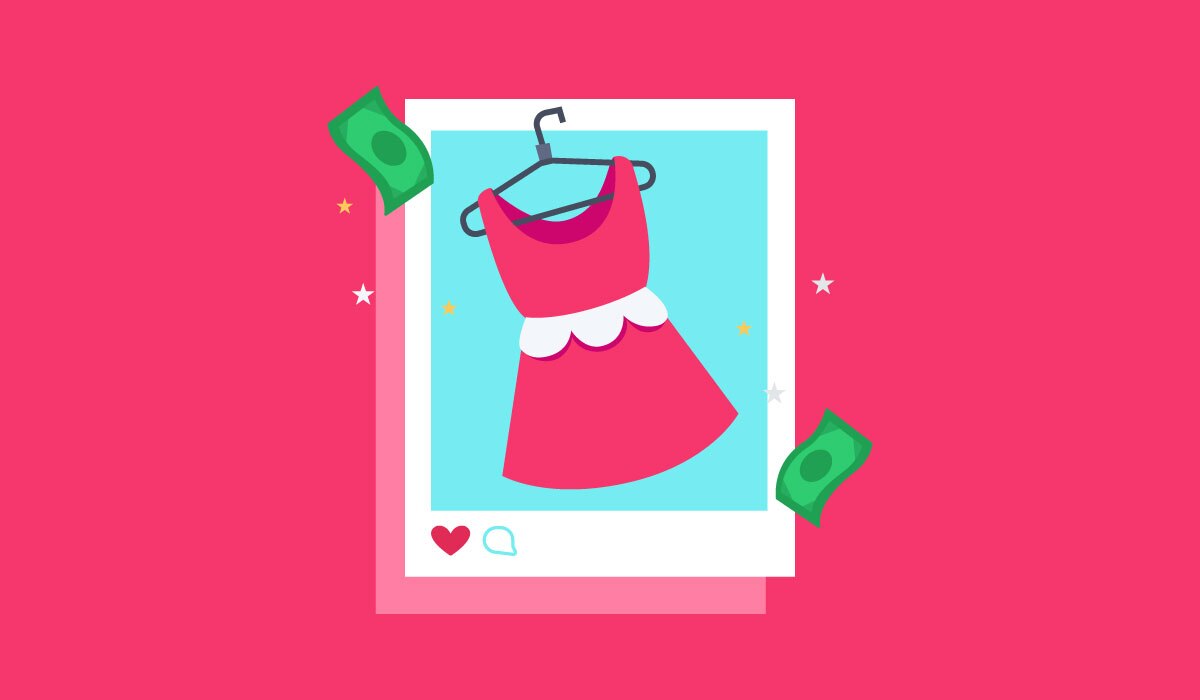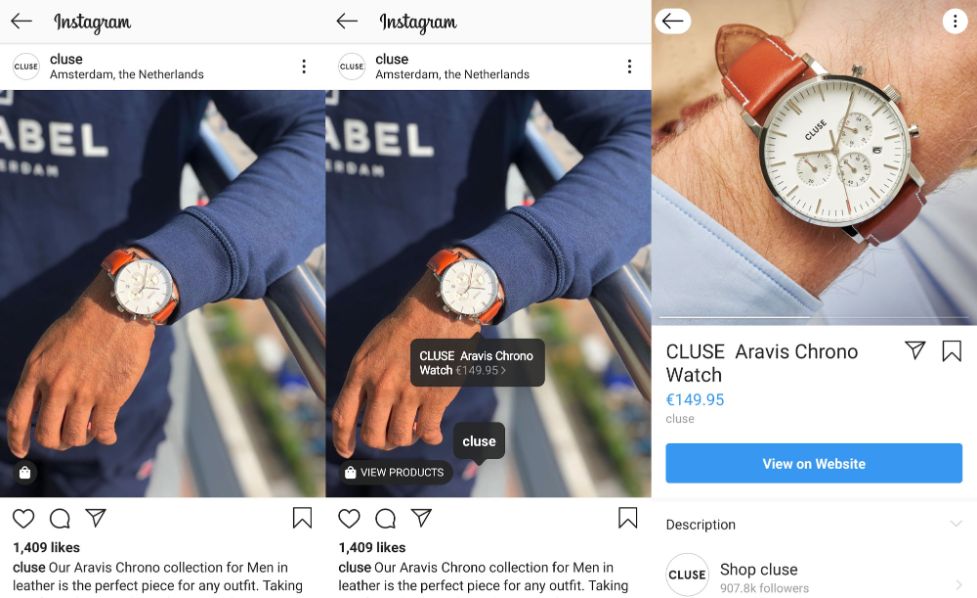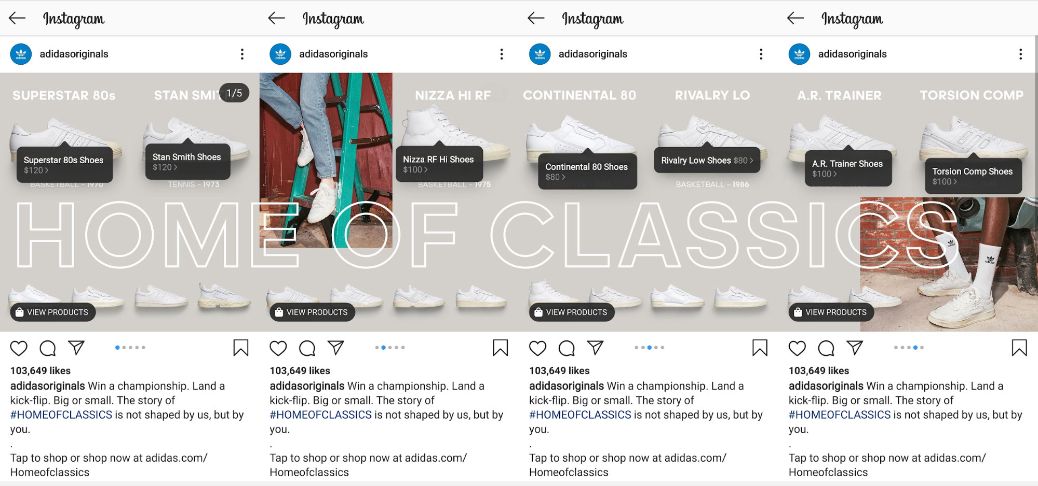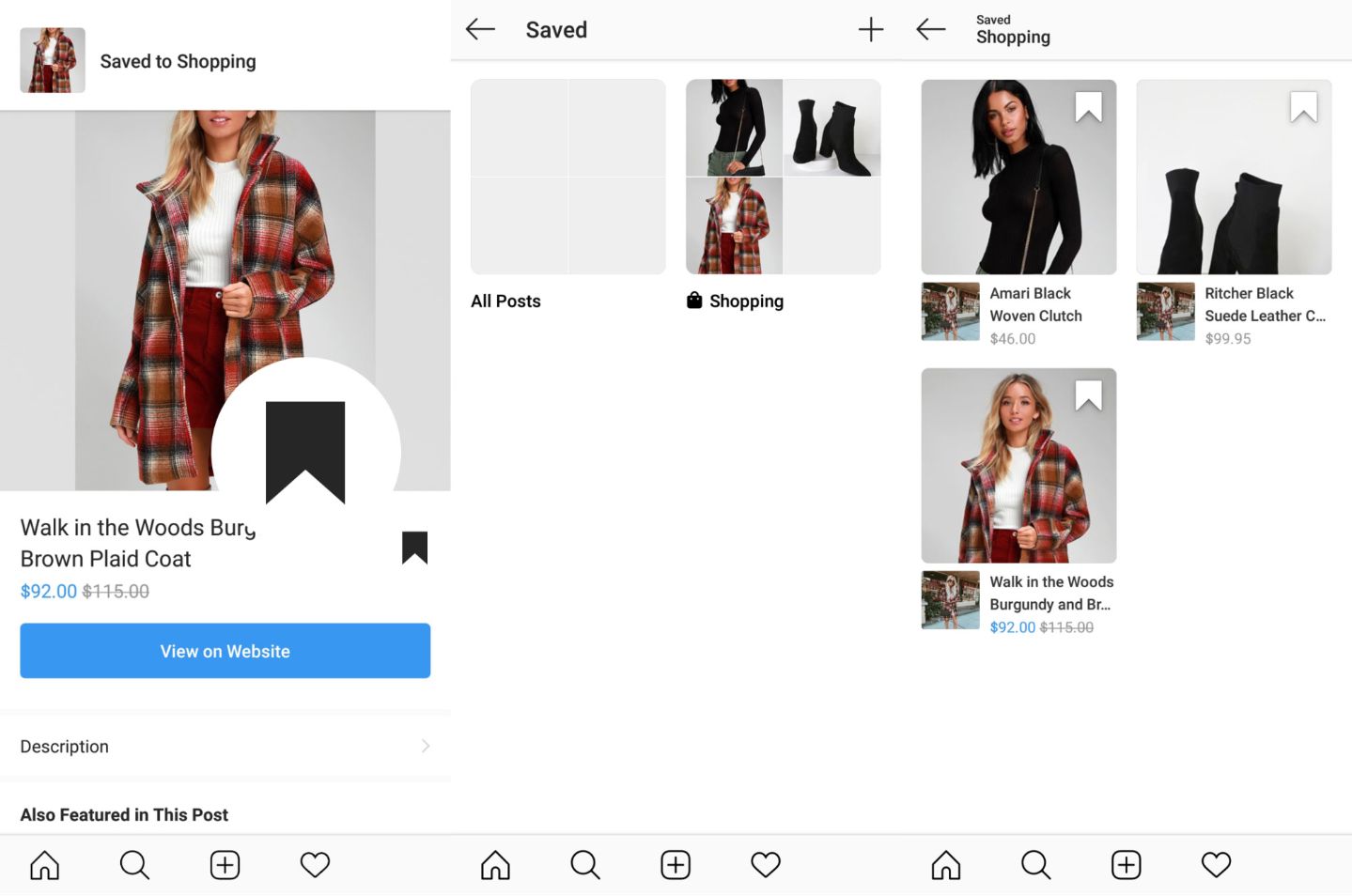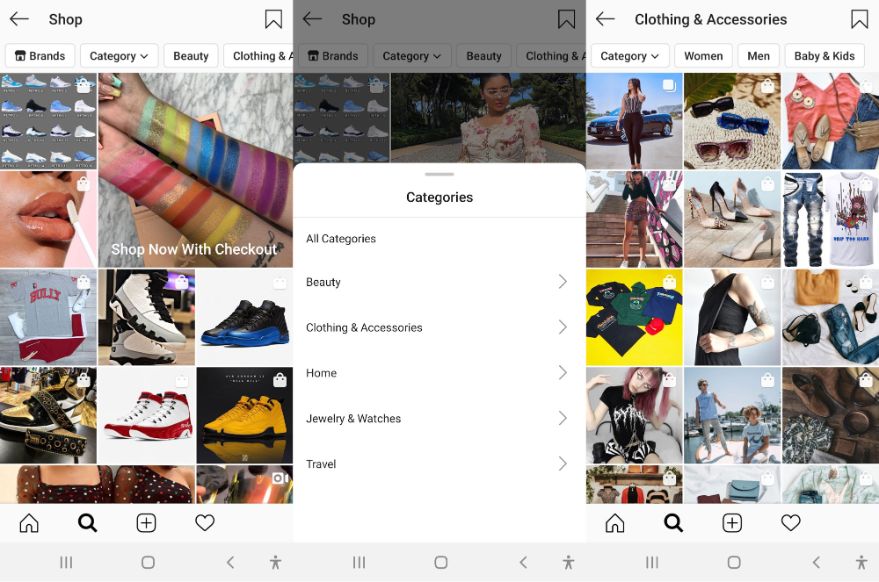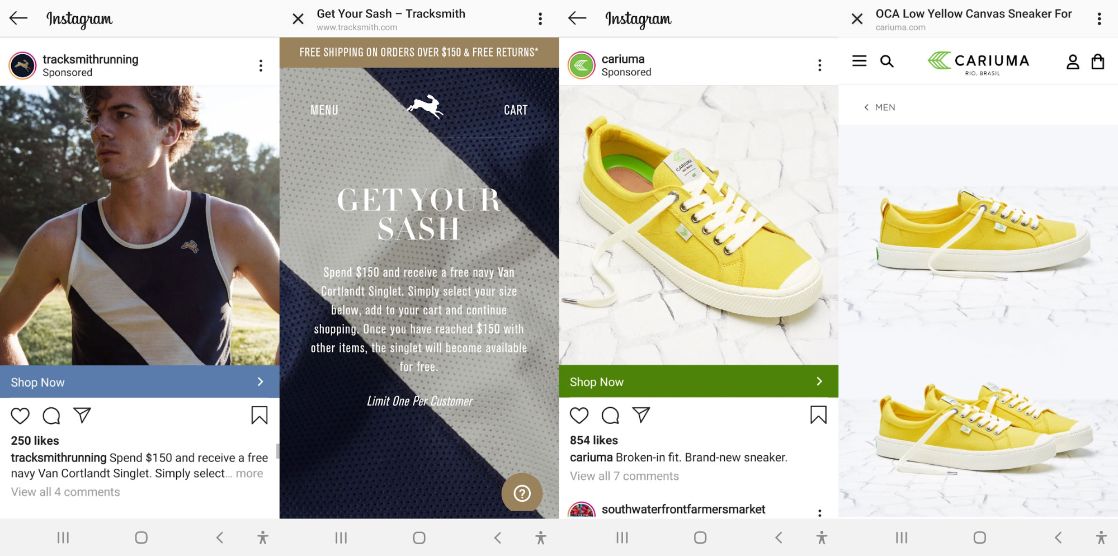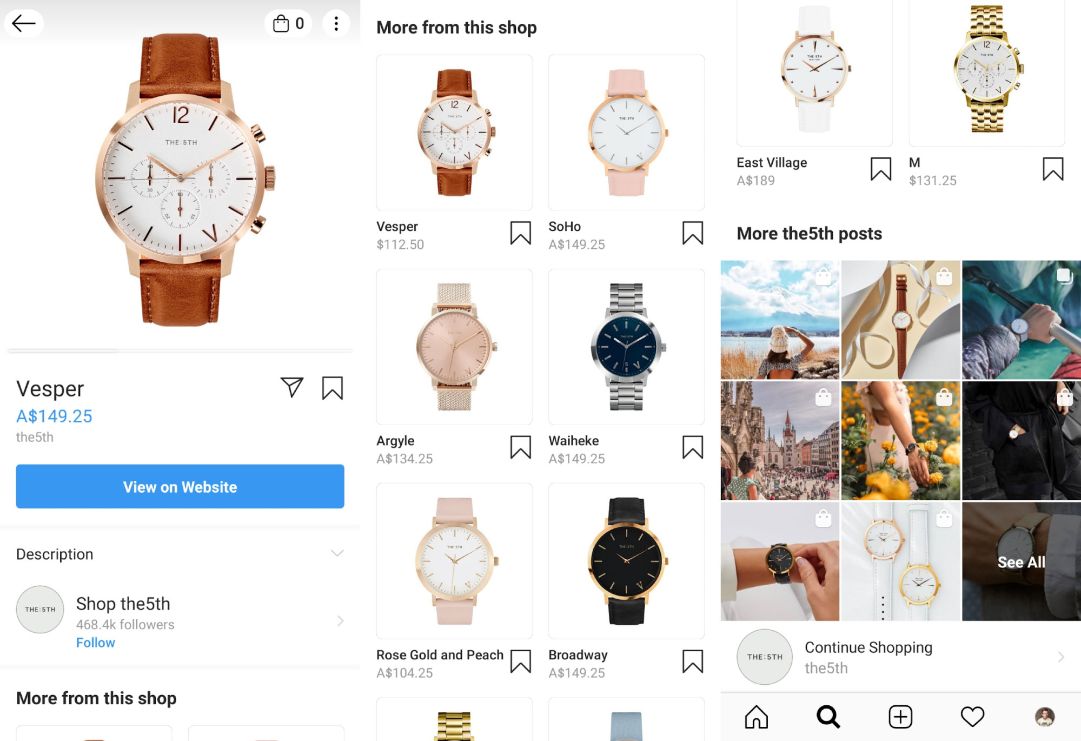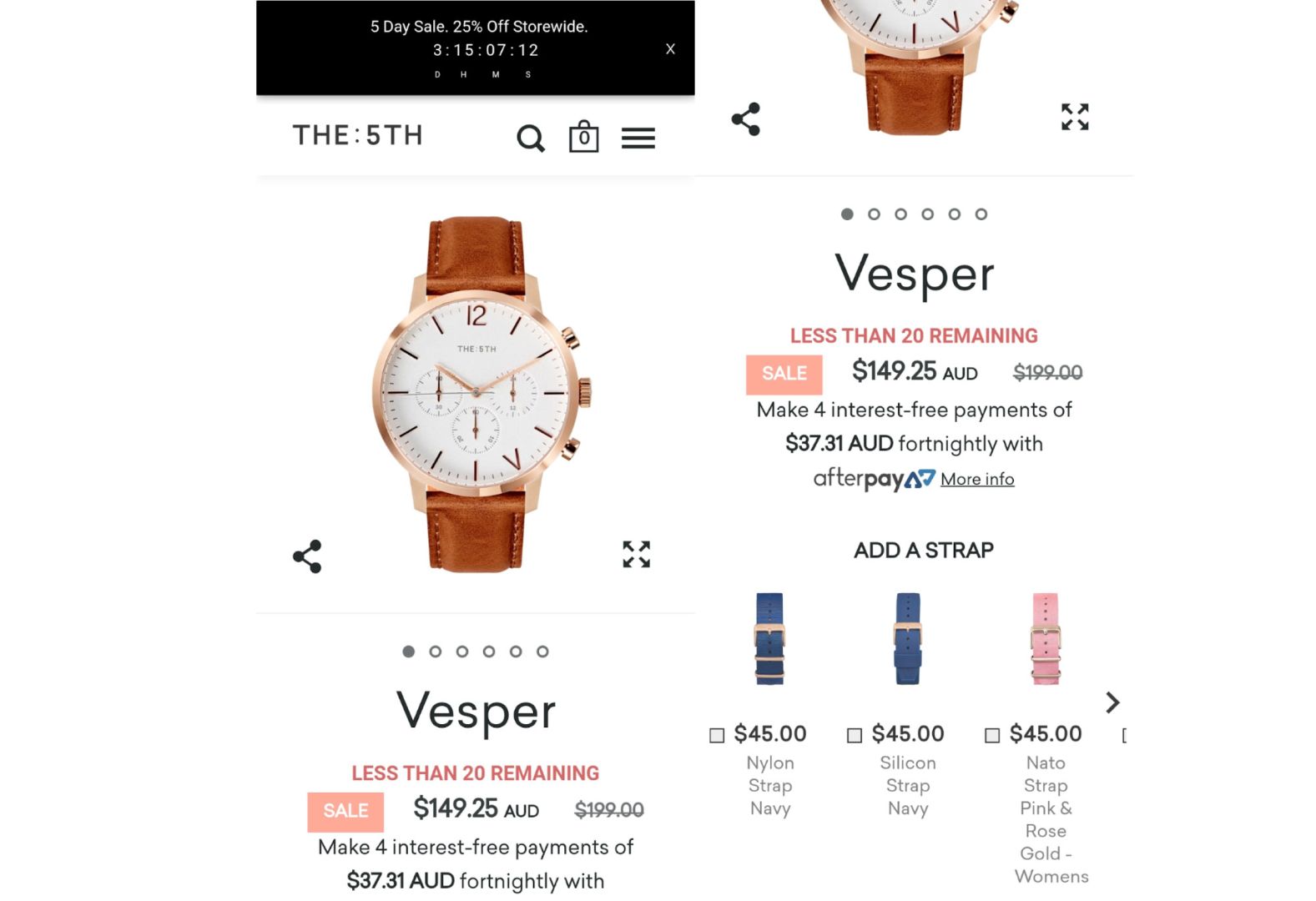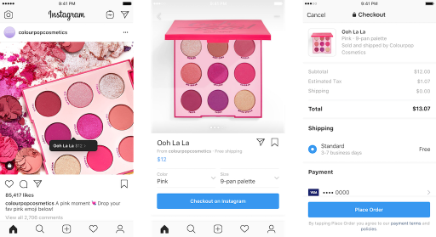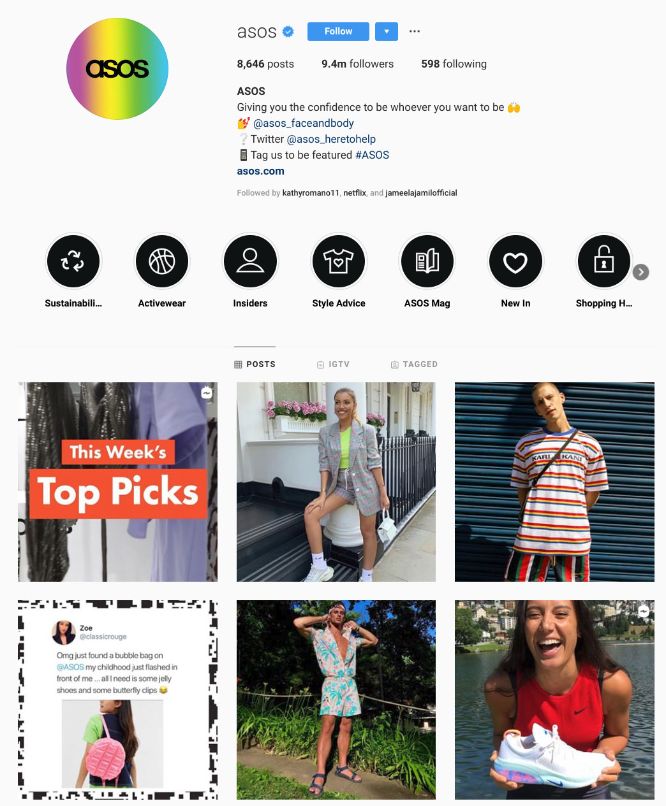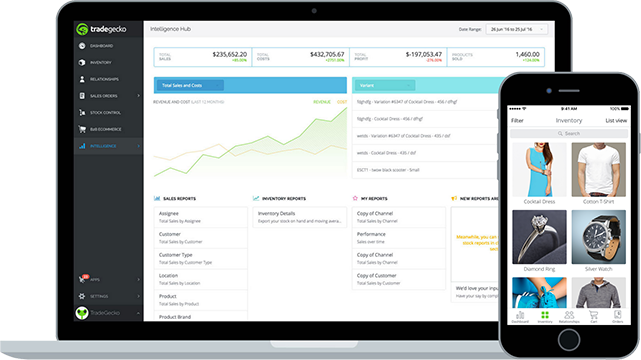This can help you fine-tune your brand’s messaging and overall “style,” which can help you generate the right type of following (i.e., the type who want to purchase from you).
Instagram's advertising tools are best-in-class
In addition to providing multiple options for advertising, Instagram’s targeting and reporting capabilities are second-to-none.
Through Facebook’s advertising tools and technology brands can use Instagram to:
- Uncover high-probability audiences and individual target customers
- Develop and deliver multiple ad campaigns targeting specific audience segments
- Retarget audiences across channels with multiple offers delivered over time and based on their engagement onsite or on social
- Dig into broad and granular data regarding the performance of their various campaigns
This enables brands to more effectively engage their audience not just on Instagram, but on their other marketing and sales channels, as well.
Instagram continues to look to the future
The future of selling on Instagram is bright for companies in a number of industries.
Instagram released Shoppable posts in June 2016, which quickly caught on among the platform’s audience. This led Instagram to expand the “Shoppable” feature to brand’s Stories—which also quickly grew.
Now, the team is unrolling the new Checkout feature … and it’s very likely the pattern will continue.
The point is Instagram is incredibly dedicated to its eCommerce initiatives — meaning the platform will continue to be a hotbed for commerce-related activities well into the future.
Challenges of selling on Instagram
Though selling on Instagram can be beneficial for your eCommerce business, it’s not without its drawbacks …
Lack of control over CX and user data
One potential flaw in the concept of selling directly on Instagram (via the upcoming Checkout feature) is that it requires brands to relinquish control.
Since sales will actually occur on Instagram, the customer’s entire shopping experience with brands will be “wrapped” in their overall Instagram experience.
In other words, it won’t be possible for brands to differentiate their Instagram Checkout experience beyond that which Instagram allows.
(While Instagram will likely address this in some way, the fact remains that the experience won’t be completely “yours.”)
Additionally, Instagram will also have control over any data collected from customers during on-channel purchases. Though Instagram’s reporting tools are robust and informative, brands will, again, only be privy to that which Instagram decides to share.
Low average order value
Another issue online retailers often face is generating low-value orders on the platform. This may be due to the nature of the current purchasing process on Instagram.
When a user clicks on a product tag on Instagram, they’re brought to that product’s page on the company’s website. From there, they can quickly add the item to their cart and finalize their purchase.
The problem is that the customer — perhaps unwittingly — becomes focused on purchasing that item and that item alone.
Once they become focused on one item in a given post, they may end up forgetting about the other products the post featured.
The newly-introduced Checkout feature does seek to alleviate this issue in the near future. Rather than whisking customers away to a completely different channel, Checkout allows users to add multiple items to their on-Instagram cart.
Ideally, this will lead Instagram users to keep their options open when shopping on the platform.
“Serial returners”
Instagram’s various eCommerce-related features are making it quite easy for consumers to make purchases. For eCommerce retailers, this can be a double-edged sword.
On the one hand, it’s a good thing that Instagram is smoothing out the buyer’s journey. After all, the easier it is for your customers to convert, the more likely they are to do so.
On the other hand, this ease of purchasing may also lead to a rise in impulse purchases — which, in turn, can lead to an increase in returns.
So-called “serial returners” — impulse buyers who end up returning most of their purchases — have posed a major problem for eCommerce companies in recent years.
Though not unique to brands who sell on Instagram, it’s still an issue that you’ll need to deal with as you increase your investment into the platform.
These challenges mean mastering Instagram isn’t as easy as just setting up.
Now you have the lowdown on the options available for selling on Instagram, and the potential challenges, there is no better time to get started and to set your business on the next phase of growth.










